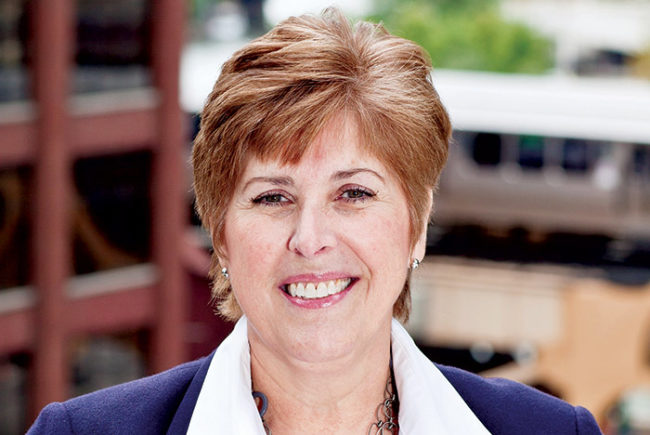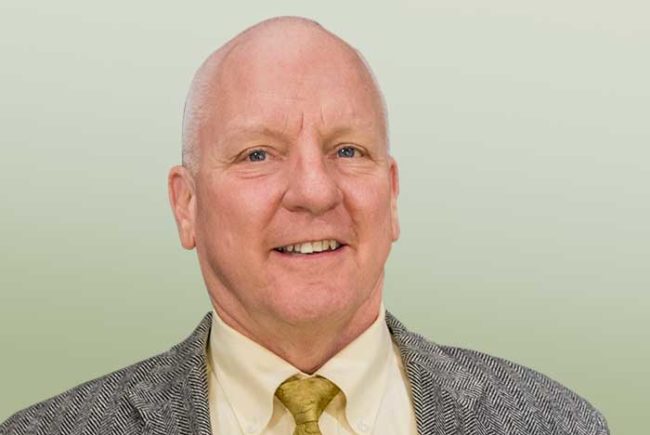Last year at our EXCHANGE conference, I challenged attendees to make a change in the naming convention for health care cleaning. I asked everyone in the room to commit to referring to their department as environmental services, and to identify the personnel caring for the health care environment as environmental services technicians rather than housekeepers, janitors or custodians.
Since that time, we have launched a campaign asking members to pledge their commitment to using environmental services vs. other titles. Housekeeping, janitor or custodian are nondescriptive when referring to those responsible for maintaining the care environment. The knowledge and competencies needed to perform the duties of any environmental services team member, regardless of their being front-line personnel or management, are far more complex than those needed in the commercial cleaning industry. For example: Janitors are professionals who maintain commercial buildings; custodians typically maintain educational facilities; housekeepers are workers cleaning in the hospitality arena. We are environmental services.
These are noble professions with their own unique concerns; but health care environmental services professionals care for a complex, regulated environment in which sick people need an environment conducive to recovery. This is a critical distinction because the requisite knowledge needed to provide a safe, clean clinical environment extends from the emergency department to the surgical suite and everything in between. Leadership and front-line technicians in health care environmental services require knowledge of infection prevention, basic microbiology, evidence-based cleaning and disinfection practices, handling multiple waste streams, floor care, linen handling and distribution, and consistency in performance.
What are the chances that a custodian, janitor or housekeeper needs to know about Clostridium difficile spores or proper handling of Category A waste? Don’t get me wrong; our colleagues in the commercial industry have unique challenges of their own, but health care is vastly different. The potential for disease transmission must be eliminated, and it requires a much wider knowledge base acquired through ongoing training, education and certification.
Hundreds of research studies have been conducted over the last 10 years on health care cleaning and surface disinfection. The evidence supports the notion that improved cleaning leads to improved patient outcomes and lower infection rates. Getting to the desired outcomes is complicated. Health care environmental services is part of a team that needs to be on top of its game all day, every day.
Patti Costello is executive director of the Association for the Healthcare Environment.
AHE INSIGHTS
Practice guidance available
Practice Guidance for Healthcare Environmental Cleaning, second edition, helps to define and advance the professionals responsible for care of the health care environment to ensure high-quality outcomes and healthy communities.
This manual provides evidence-based research, guidance and recommended practices that should be considered for inclusion in health care environmental services departments. Because each facility has its own needs, this resource has been designed to enhance an existing program.
Click here for more information.
Certified Healthcare Environmental Services Technician Certificate
This certification focuses on critical areas of competency for front-line technicians, including infection prevention, quality of care, patient outcomes and experience.
Click here for more information.
Environmental Sustainability Certificate Program
AHE has launched a certification to acknowledge the environmental and ecological sustainability efforts of environmental services departments.
Click here for more information.





